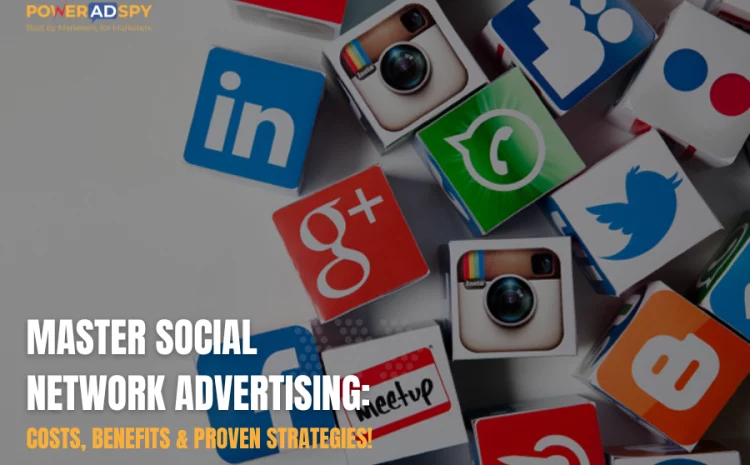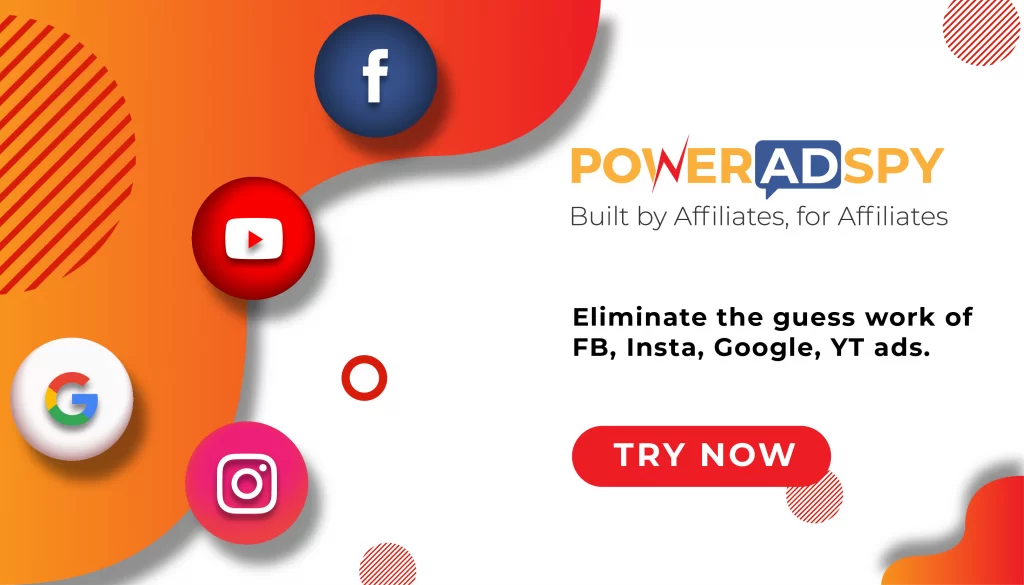Master Social Network Advertising: Costs, Benefits & Proven Strategies
Imagine this: you’re scrolling through your feed, your thumb mindlessly swiping, and then bam—something stops you in your tracks. It’s an ad, but not just any ad. It’s bold, captivating, and it speaks directly to you. That’s the power of a well-crafted social media ad, and in 2025, it’s exactly what your brand needs.
In a world where people are constantly bombarded with content, how do you ensure your ads stand out? How do you stand out and create a lasting impact amidst the chaos? It’s all about strategy—finding the perfect balance between visuals, messaging, and targeting.
In this blog, we’re going to unlock the secrets to creating social media ads that not only catch eyes but also drive real results. Alright, it’s time to take your social media ads to the next level! Are you prepared to create a meaningful impact? Let’s jump right in!
In a hurry? Listen to the blog instead!
What Is Social Network Advertising?
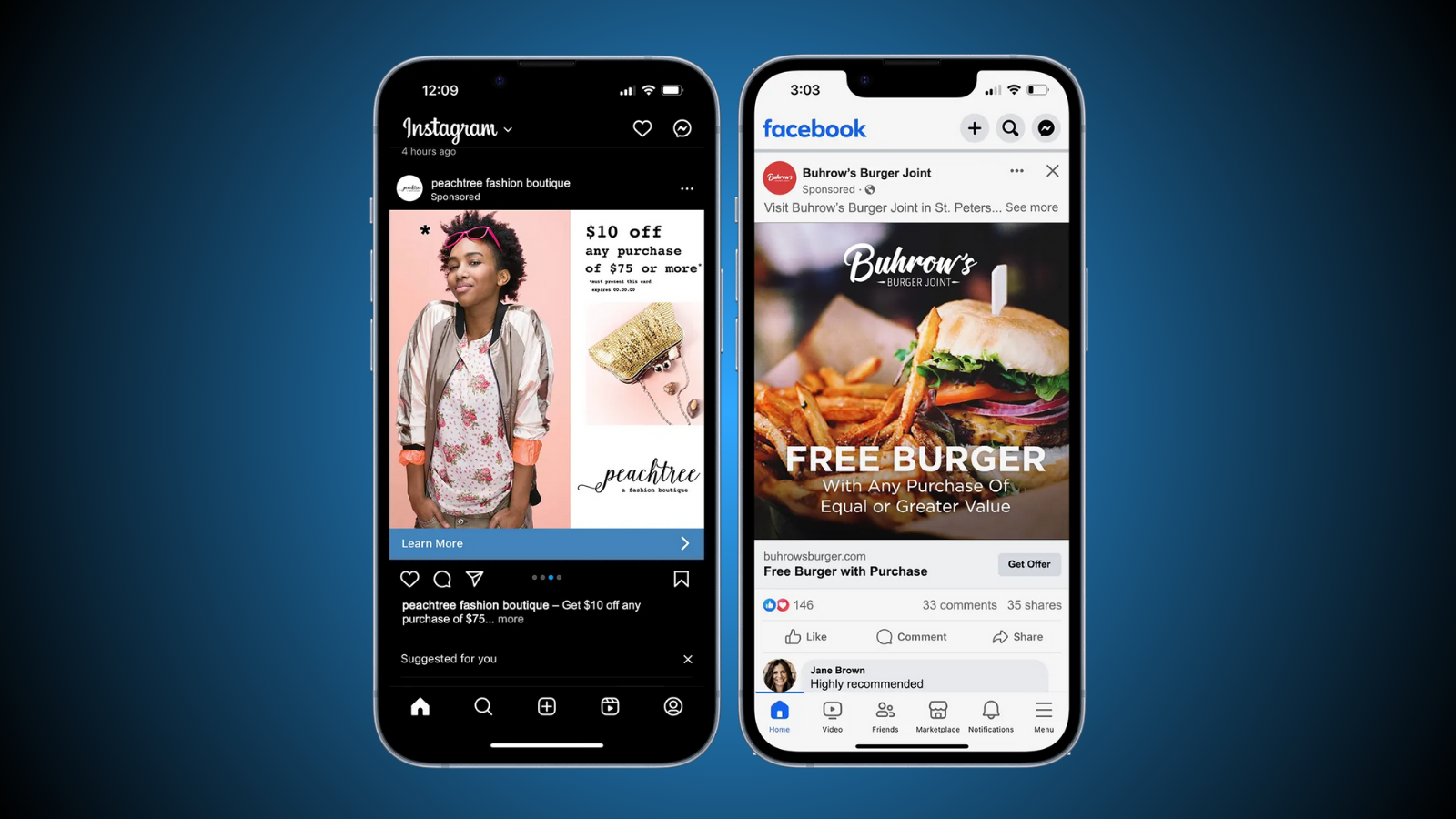 At its core, social network advertising refers to the practice of using paid advertisements across various social media platforms to promote products, services, or brands to a specific target audience. Unlike traditional marketing, which casts a wide net, social network ads are laser-targeted based on demographic, geographic, behavioral, and psychographic traits. This results in more relevant interactions and higher conversion rates.
At its core, social network advertising refers to the practice of using paid advertisements across various social media platforms to promote products, services, or brands to a specific target audience. Unlike traditional marketing, which casts a wide net, social network ads are laser-targeted based on demographic, geographic, behavioral, and psychographic traits. This results in more relevant interactions and higher conversion rates.
This form of digital advertising allows businesses to engage users at different stages of their buyer’s journey, from raising brand awareness to driving final sales. It’s a flexible tool that can be adapted for various goals, including:
- Brand awareness
- Lead generation
- Traffic to websites or physical stores
- App downloads
- Product promotions
The stats around social network advertising are compelling. According to a report by Statista, social network advertising spending is expected to reach over $220 billion in 2025. That’s a clear sign of how impactful this form of marketing is today. For instance, 26% of users who click on Facebook ads end up purchasing the advertised product. This alone emphasizes why social network ads should be at the center of any digital marketing strategy.
The Mechanics Of Social Network Advertising
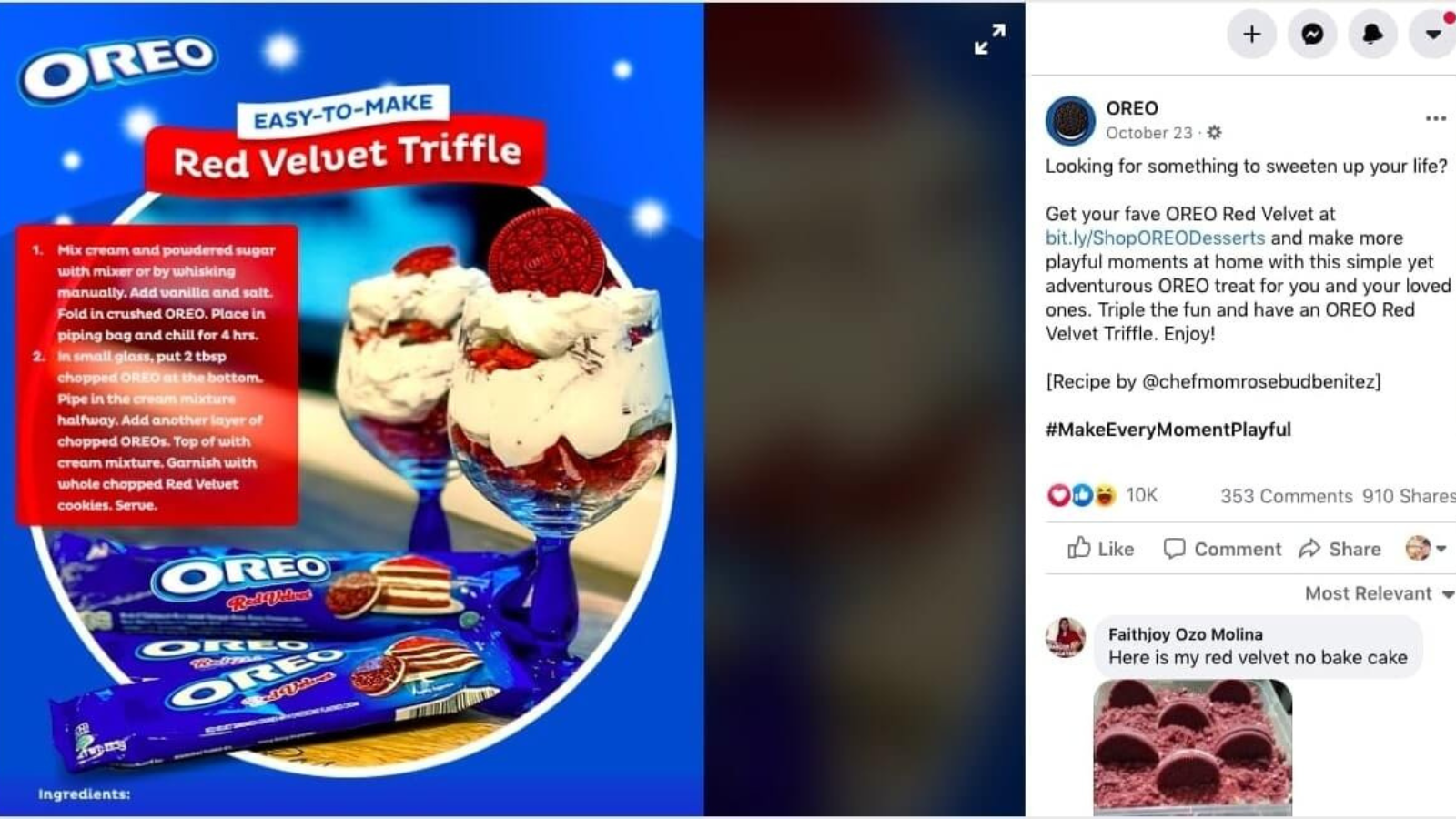 For a social network advertising campaign to succeed, several elements need to align. Each campaign should be built with careful consideration of target audience, budget, platform-specific strategies, and creative content.
For a social network advertising campaign to succeed, several elements need to align. Each campaign should be built with careful consideration of target audience, budget, platform-specific strategies, and creative content.
-
Defining Your Campaign Goals
Every social media ad campaign should start with a clear goal. Whether it’s driving traffic, generating leads, increasing brand awareness, or prompting a purchase, knowing your goal helps shape every decision made throughout the campaign. Defining your goal gives your ad a purpose, and knowing what metrics to track ensures that you measure success effectively.
-
Audience Targeting
One of the most powerful aspects of social network advertising is the ability to target your ideal audience. The more specific you are in your targeting, the more likely you are to connect with the right users who will engage with your content. Platforms like Facebook and LinkedIn allow you to narrow down your target audience by job title, interests, location, age, purchase behaviors, and even their connection with your page.
-
Creative Elements: Ad Visuals & Copy
The next step is crafting the visual elements and copy of your ads. High-quality visuals that resonate with your audience are crucial for standing out in crowded social media feeds. Whether it’s a compelling image, a short-form video, or a creative carousel ad, your visuals need to grab attention in an instant. The copy, on the other hand, should be clear, concise, and persuasive—encouraging the user to take action.
-
Ad Formats and Platforms
Different platforms offer different ad formats, and choosing the right one is key to the success of your campaign. While Instagram is perfect for stunning images and short videos, Facebook provides a wide range of ad formats, including carousel ads, slideshow ads, and even lead generation ads. LinkedIn is ideal for reaching a professional audience, while TikTok offers immersive video ads that can go viral. Twitter allows you to craft ads for real-time engagement, perfect for generating buzz around current events.
-
Optimizing Your Budget and Measuring Performance
Setting a reasonable budget is a critical aspect of any social network ad campaign. The cost of advertising varies based on factors such as the platform, your target audience, and competition. Whether you’re bidding for impressions or clicks, make sure to continually monitor and adjust your budget to ensure you’re getting the best return on investment (ROI). Tools like Facebook Ad Manager and LinkedIn Campaign Manager give real-time feedback on the performance of your ads, allowing you to make adjustments on the fly.
Advanced Best Practices for Social Network Advertising
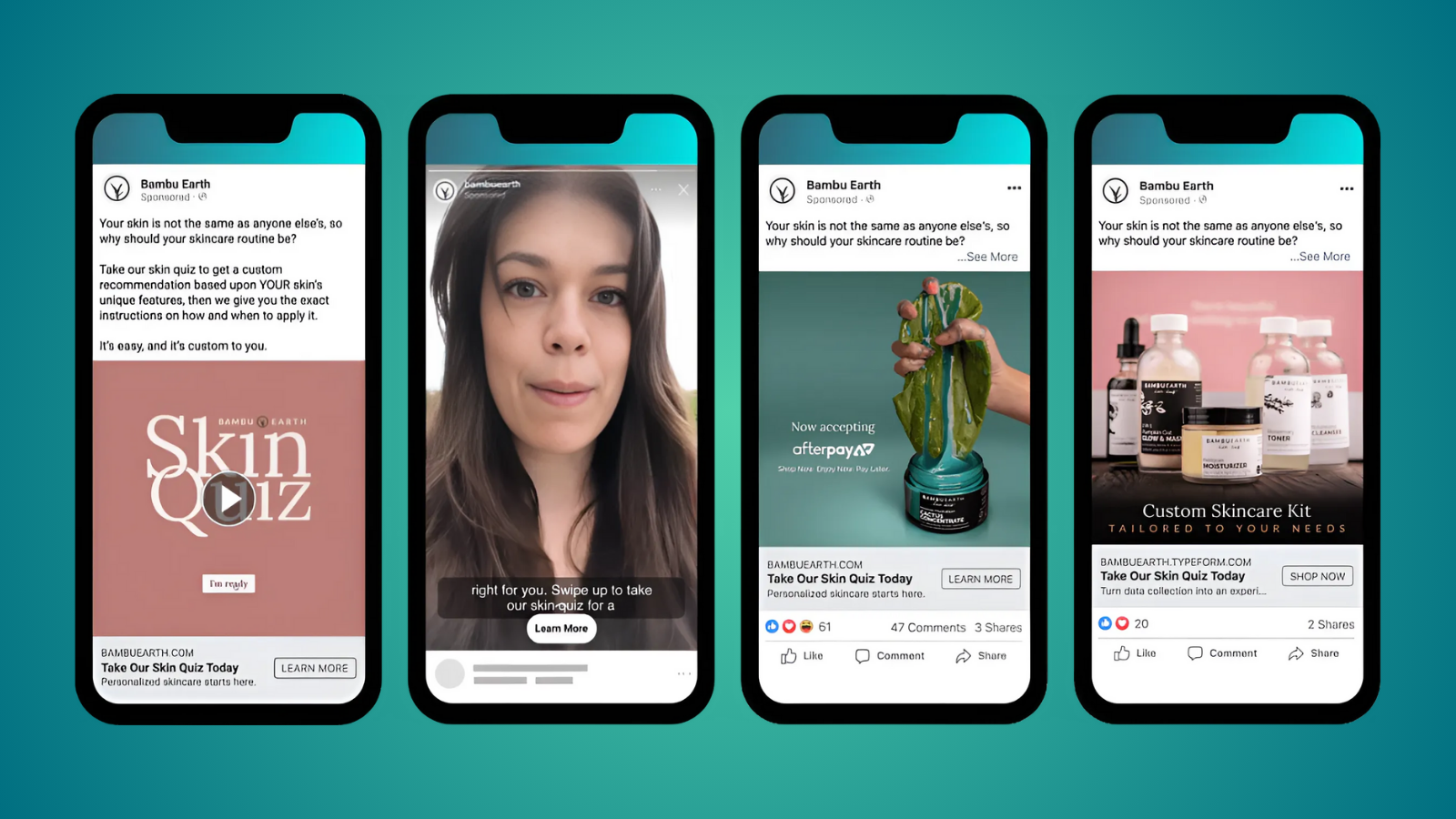 As social network advertising evolves, marketers need to adopt more advanced strategies to stand out from the competition. Here are some advanced practices that will elevate your campaigns and ensure they achieve higher engagement and conversions.
As social network advertising evolves, marketers need to adopt more advanced strategies to stand out from the competition. Here are some advanced practices that will elevate your campaigns and ensure they achieve higher engagement and conversions.
-
Utilize Retargeting and Custom Audiences
Retargeting is one of the most effective ways to maximize your social media ads. Retargeting campaigns reach users who have already interacted with your brand, whether they’ve visited your website, engaged with a previous ad, or even made a purchase. These users are more likely to convert, as they are already familiar with your brand. Custom audiences allow you to upload your customer data and target users who already know and trust your business.
-
Leverage User-Generated Content (UGC)
User-generated content (UGC) is an incredible tool for building trust and credibility with your audience. UGC features customers using your products, sharing their experiences, or talking about your brand in a positive light. Incorporating UGC into your ads makes them feel more authentic and relatable, leading to higher engagement. For instance, showcasing an Instagram post where a customer is praising your service can be far more effective than just a polished product shot.
-
Invest in A/B Testing
A/B testing is vital to optimizing your ads. By testing different versions of the same ad—whether it’s the imagery, copy, or call-to-action—you can identify what works best with your audience. A/B testing allows you to refine your approach, increasing the likelihood of successful conversions. Running several iterations of an ad helps you continuously improve your strategy, ultimately saving you money in the long run by ensuring that you’re investing in the most effective ads.
-
Embrace Interactive and Immersive Ads
As digital advertising continues to evolve, interactive and immersive ad formats have taken center stage. Ads that encourage user interaction, such as polls, quizzes, and augmented reality (AR) experiences, are more likely to engage users and leave a lasting impression. For instance, Instagram has introduced “Shop Now” buttons and Facebook has interactive polls, both of which create a more engaging experience.
Mastering these strategies alone isn’t enough. In today’s crowded online space, it’s equally important to understand what your competitors are doing and how you can stay ahead of the curve. This is where an ad intelligence software like PowerAdSpy come in, offering you a powerful advantage.
By providing detailed insights into your competitors’ top-performing ads, PowerAdSpy allows you to spot emerging trends, identify winning strategies, and unlock creative ideas you can apply to your own campaigns. It’s like having a backstage pass to the best practices of your industry—helping you fine-tune your ad copy, learn from the pros, and ultimately boost your results.
PowerAdSpy: The Ultimate Tool for Outshining Competitors
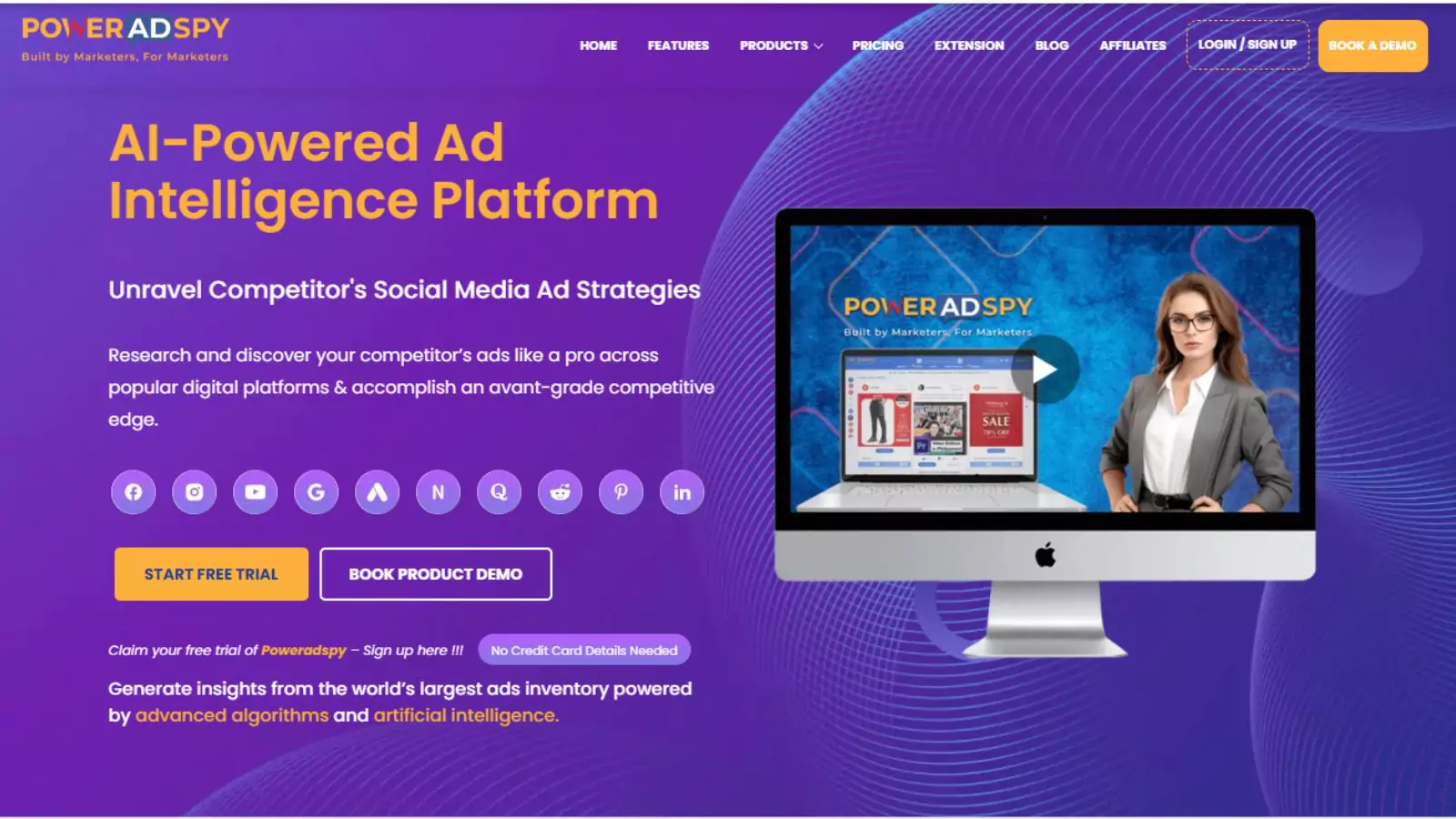 Gain a competitive edge and elevate your social media ads by tapping into the power of PowerAdSpy. This ads spy tool is designed to give you a behind-the-scenes look at what’s working for your competitors, enabling you to refine your strategies for maximum impact. Let’s explore how PowerAdSpy can amplify your ad performance with its smart features.
Gain a competitive edge and elevate your social media ads by tapping into the power of PowerAdSpy. This ads spy tool is designed to give you a behind-the-scenes look at what’s working for your competitors, enabling you to refine your strategies for maximum impact. Let’s explore how PowerAdSpy can amplify your ad performance with its smart features.
- Analyze Competitor Ads
Gain insights into your competitors’ top campaigns and learn from their best-performing ads. This allows you to spot successful trends and replicate them in your own strategy for greater impact. - Spot High-Performing Ads
Discover the ads generating the most engagement and apply those winning strategies to your own campaigns. By understanding what works, you can create content that is more likely to connect with your target audience. - Refine Your Ad Copy
PowerAdSpy lets you see which ad copy is resonating with audiences, helping you craft copy that converts. This data helps you fine-tune your messaging and enhance your ad’s appeal. - Stay On Top of Trends
Track real-time trends and adapt your ads to stay relevant and ahead of the curve. Monitoring these trends enables you to act quickly and capitalize on fresh opportunities in the market. - Make Smarter Decisions
PowerAdSpy’s data-driven insights help you optimize your ads, leading to better ROI. Armed with valuable competitor data, you can make more informed decisions and fine-tune your strategy for long-term success.
With PowerAdSpy, you can enhance your ad campaigns, drive better results, and stay ahead of the competition.
Social Media Platforms: Which One is Right for Your Brand?
 Choosing the right platform is crucial for running the best social media advertising campaigns. Different social media advertising platforms cater to different types of audiences, so it’s important to tailor your approach based on where your target market is most active.
Choosing the right platform is crucial for running the best social media advertising campaigns. Different social media advertising platforms cater to different types of audiences, so it’s important to tailor your approach based on where your target market is most active.
-
Facebook
With over 2.8 billion monthly active users, Facebook continues to be a dominant force in social network advertising. Facebook’s robust targeting options and diverse ad formats make it a top choice for most businesses. From lead-generation forms to video ads, Facebook allows you to connect with audiences at various stages of the customer journey.
-
Instagram
Instagram is a highly visual platform that thrives on stunning imagery and short-form video content. If your business has a product that’s visually appealing, Instagram is the ideal platform. You can create ads in Stories, feed posts, or even IGTV videos. The highly visual nature of Instagram makes it perfect for industries like fashion, beauty, food, and travel.
-
LinkedIn
LinkedIn is the top platform for B2B marketers. If your goal is to engage with professionals, LinkedIn’s targeting capabilities make it the best choice. LinkedIn ads can include sponsored content, InMail, and even text ads. With a professional user base, LinkedIn is especially effective for lead generation in industries like finance, real estate, and technology.
-
TikTok
TikTok’s immersive video experience offers a unique opportunity for advertisers to reach a younger demographic. Short, creative, and often viral videos work well on TikTok, making it a great platform for brands with playful, creative campaigns. TikTok ads, such as “In-Feed Ads” and “Branded Hashtag Challenges,” encourage user interaction and sharing, increasing the potential for your campaign to go viral.
-
Twitter
If your goal is to engage with a broader audience in real-time, Twitter is the platform for you. Twitter ads can help promote tweets or trends, providing immediate visibility and engagement. Twitter’s strength lies in its ability to generate buzz around current events, product launches, and live marketing events.
How Much Do Social Media Ads Cost?
The cost of social network advertising varies based on several factors, including the platform, targeting criteria, and ad format. Here’s a breakdown of the cost for some popular platforms:
- Facebook: Ads can cost anywhere from $0.94 to $2.00 per click, depending on the industry.
- Instagram: Instagram ads often follow a similar cost structure to Facebook, with CPC around $0.94, but rates can rise based on competition.
- LinkedIn: With a more professional audience, LinkedIn ads tend to be pricier. Sponsored content can range from $2 to $5 per click.
- TikTok: As a newer platform, TikTok ads can be expensive. Expect CPC rates between $1 and $3, but the potential for virality makes it a worthwhile investment.
- Twitter: On Twitter, you can expect CPC rates around $1.35 for tweet engagements.
Also Read: –
Social Media Ad Campaign : Is It Just For Traffic?
How To Create The Best Social Media Ads: 07 Killer Ad Examples
How To Improve Strategy Using TikTok Ads Library?
Signing Off
At the end of the day, social network advertising is all about connection. It’s about breaking through the clutter and grabbing attention—whether it’s through stunning visuals, sharp targeting, or engaging copy. With the strategies, tools, and insights we’ve shared, you’re armed with the knowledge to create campaigns that truly stand out and drive results.
But here’s the catch: success in this space isn’t a one-size-fits-all approach. It’s about constant adaptation, testing, and refining. Keep your creativity flowing, tap into data-driven insights, and don’t be afraid to push boundaries. Social media is always evolving, and your next winning campaign could be just one idea away.
So, ready to set the stage for your brand’s next social media ad triumph? Let’s make it happen!
FAQs: –
1. How much do social media ads cost?
The cost varies by platform and targeting options. On average, Facebook ads cost $0.94 to $2.00 per click, while LinkedIn ads are more expensive, ranging from $2 to $5 per click. TikTok ads can cost anywhere from $1 to $3 per click.
2. What is a social network in marketing?
A social network in marketing refers to the use of platforms like Facebook, Instagram, LinkedIn, and Twitter to engage with an audience. You can leverage these platforms in ways to promote your business on social media, such as sharing content, promoting products, and building relationships with potential and existing customers to drive brand growth and conversions.
3. How is social network advertising?
Social network advertising involves investing in paid ads to target specific audiences on platforms like Facebook, Instagram, Twitter, and LinkedIn. These ads are strategically placed in the feeds, stories, or sidebars of users, allowing businesses to reach their desired target audience with personalized content. The aim is to create organic interactions, driving awareness, engagement, and conversions for brands.

